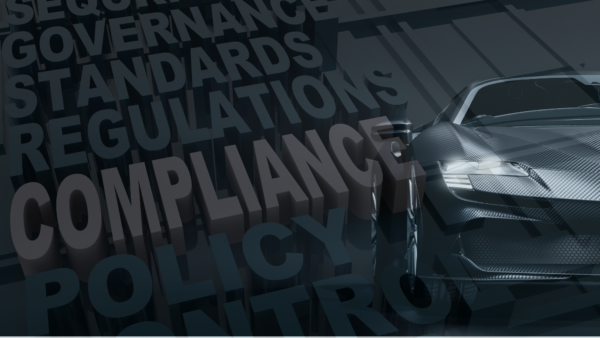
In today’s digital age, where cars have evolved into data centers on wheels within the Internet of Things (IoT) landscape, ensuring cybersecurity in the automotive industry has become paramount. The emergence of connected cars, a significant subset of IoT, brings with it a host of cybersecurity challenges, prompting regulators to take swift action. One such pivotal step is the establishment of WP.29 standards, revolutionizing automotive cybersecurity. Let’s delve into the significance of WP.29 and its implications for the industry.
The Distinction between Wp.29 and ISO 21434
Before we explore WP.29 in depth, it’s essential to understand the distinction between WP.29 and ISO 21434. While WP.29, under the United Nations Economic Commission for Europe (UNECE), introduces a unified automotive cybersecurity standard, equivalent to seat belt regulations of the past, ISO 21434 is a standard rather than a regulation. This difference is crucial: WP.29 is legally binding, mandating compliance, while ISO 21434 represents best practices without the force of law. Now, let’s dive into the significance of WP.29 and its implications for the automotive industry within the IoT landscape
Understanding WP.29
WP.29, under the United Nations Economic Commission for Europe (UNECE), introduces a unified automotive cybersecurity standard, equivalent to seat belt regulations of the past. Its approval marks a breakthrough moment, aligning industry stakeholders towards a common goal of cybersecurity resilience within the IoT landscape. The regulations provide a comprehensive framework covering risk identification, management, response, and lifecycle security.
Evolution of WP.29 Regulations and IoT Integration
WP.29’s continuous evolution reflects its adaptability to emerging cybersecurity challenges within the IoT realm. Recent updates, such as clarifications on CSMS requirements and additions for OTA software updates tailored to IoT integration, enhance the standard’s effectiveness. The emphasis on OTA security highlights the proactive approach towards addressing evolving threats within the interconnected IoT environment.
Global Adoption and Implications
The EU’s mandate of WP.29 regulations underscores its global significance within the IoT framework, influencing other regions like South Korea and Japan. Consumers, increasingly interconnected within the IoT ecosystem, are prioritizing cybersecurity in their purchasing decisions, mirroring the paradigm shift similar to other automotive features. Compliance with WP.29 not only ensures regulatory adherence but also fosters innovation in connected car technology within the broader IoT landscape.
Implementing Cybersecurity by Design in IoT-enabled Vehicles
A security-by-design approach, spanning the entire vehicle lifecycle within the IoT framework, is imperative for comprehensive cybersecurity. Every stakeholder, from OEMs to suppliers, must integrate security features from inception, ensuring proactive threat mitigation in IoT-enabled vehicles. Measures like end-to-end encryption and secure ECU authentication bolster cybersecurity resilience within the interconnected IoT ecosystem.
Response Mechanisms: Security Operations Centre (SOC) in the IoT Era
While proactive measures are vital within the IoT realm, establishing SOC enables real-time threat monitoring and response tailored to IoT-enabled vehicles. SOC facilitates prompt detection of potential attacks within the interconnected IoT landscape, enabling stakeholders to deploy countermeasures effectively. It complements security by design, forming a robust cybersecurity ecosystem for connected cars within the broader IoT framework.
In conclusion, WP.29 represents a significant stride towards harmonizing automotive cybersecurity standards globally within the IoT era. By embracing these regulations, the industry not only fortifies vehicles against cyber threats but also cultivates consumer trust and fosters innovation within the interconnected IoT landscape. As the automotive landscape continues to evolve within IoT, adherence to WP.29 standards will be instrumental in shaping a secure and resilient future for connected cars.
For more insights on automotive cybersecurity standards and regulations within the IoT realm, explore additional resources and stay informed about the latest advancements in the field.
For more insights on automotive cybersecurity standards and their integration with the IoT landscape, explore additional resources and stay informed here: (link to Auto page)
